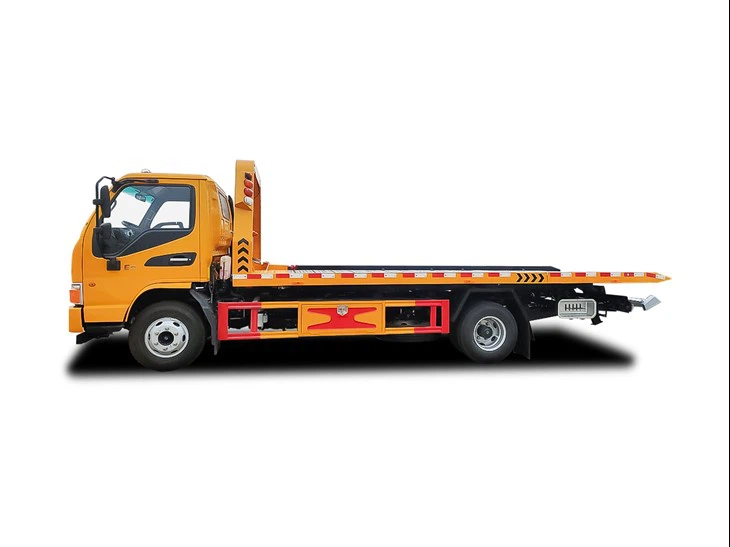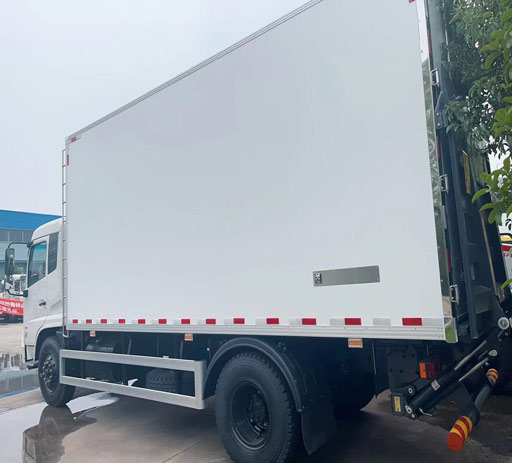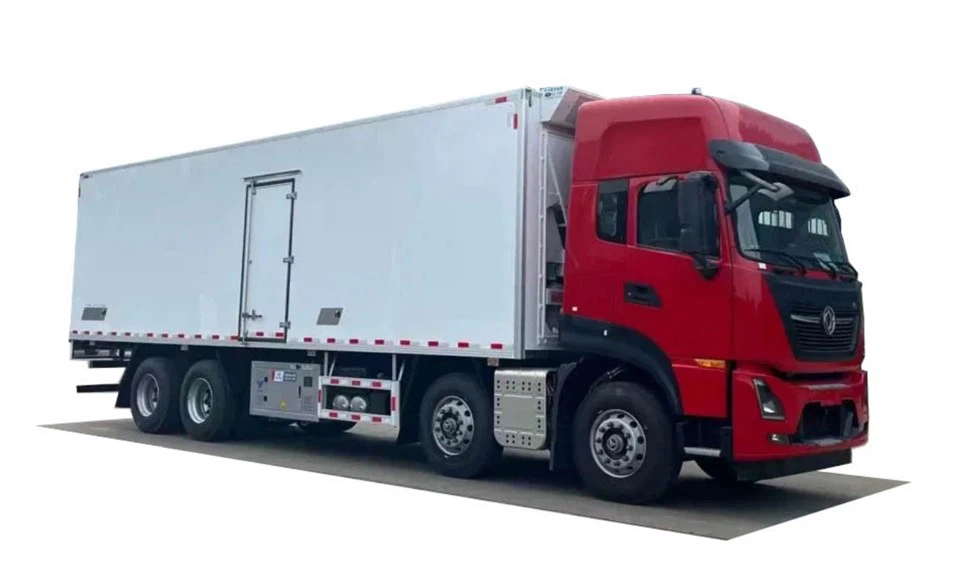Everything You Need to Know About Self Contained Trash Compactors

In today’s world, waste management is of utmost importance. One of the most efficient solutions for both residential and commercial spaces is the self-contained trash compactor. This comprehensive guide will explore everything related to self-contained trash compactors, covering their benefits, types, installation tips, and more.
What is a Self Contained Trash Compactor?
A self-contained trash compactor is a machine designed for compacting waste within a single unit that includes a compaction chamber and a storage bin. It is typically used for large volumes of waste, especially in settings like restaurants, hotels, and industrial sites. The compacting process reduces the volume of waste significantly, making it easier to manage and dispose of.
How Does a Self Contained Trash Compactor Work?
The operation of a self-contained trash compactor is relatively straightforward. It utilizes a hydraulic system to compress waste in a chamber. When the chamber is filled to a certain capacity, the compactor compresses the waste into bales or dense blocks that take up less space. Once the compaction is complete, the waste remains inside the storage bin until it is ready to be collected.
Benefits of Using a Self Contained Trash Compactor
1. Space Conservation
Self-contained trash compactors significantly reduce the volume of waste, allowing facilities to save space. Businesses that generate large amounts of waste can manage their waste more effectively without requiring additional outdoor storage containers.
2. Environmental Impact
By compacting waste, these machines help minimize landfill use and reduce carbon footprints. They ensure that waste is properly compressed, hence less frequent pickups are required, which can reduce transportation emissions.
3. Cost Savings
Although the initial investment in a self-contained trash compactor can be significant, the long-term savings in waste disposal costs can be substantial. Less frequent garbage collection means lower costs associated with waste haulage.
4. Improved Hygiene
Self-contained trash compactors often come with sealed containers that help control odors and pests. This is particularly important in the food service industry, where managing waste odors is critical to maintaining a healthy environment.
5. Safety Enhancements
These machines frequently feature safety mechanisms to prevent accidents during operation. Manufacturing standards ensure that they are designed to protect users from hazards associated with waste compaction.
Types of Self Contained Trash Compactors
1. Sizing Options
Self-contained trash compactors come in various sizes to accommodate different waste volumes. Options can range from small compactors suited for light commercial use to larger models for industrial applications. Choosing the right size is essential to maximize efficiency.
2. Built-in Features
Some compactors incorporate additional features such as built-in scales for weight measurement, monitoring systems for tracking usage, and automatic shut-off mechanisms for safety.
Standard vs. Advanced Models
As technology advances, self-contained trash compactors have become more sophisticated. Advanced models may include sensors that alert users when they need to be emptied, enhancing operational efficiency.
Installation of a Self Contained Trash Compactor

1. Site Assessment
Before installation, it is important to assess the area where the compactor will be placed. Considerations include accessibility for waste collection vehicles, proximity to other facilities, and compliance with local regulations.
2. Preparation of Utilities
Most self-contained trash compactors require electrical connections for their operations. Ensure that the necessary electrical outlets are available and that all installations comply with safety standards.
3. Professional Installation
While DIY installation is possible, hiring professionals ensures that the compactor is properly installed and operates efficiently. They can also provide guidance on maintenance and usage best practices.
Maintenance Tips for Self Contained Trash Compactors
1. Regular Cleaning
To maintain hygiene and functionality, periodically clean the compaction chamber and exterior surfaces. This prevents odors and pest infestations from developing.
2. Routine Inspections
Inspect the machine regularly for any signs of wear or malfunction. Routine checks can catch potential issues before they become major problems, ensuring longer lifespan for the unit.
3. Lubrication of Moving Parts
Regularly lubricating the moving parts of the compactor can prevent excessive wear and reduce the likelihood of mechanical failure.
Practical Examples of Self Contained Trash Compactors in Use
1. Restaurants
Restaurants can benefit significantly from self-contained trash compactors. By compacting food waste and packaging materials, they can reduce the number of outdoor bins required and control unpleasant odors.
2. Hotels
Hotels generate a high volume of waste, including linens and toiletries. Utilizing a self-contained trash compactor optimizes their waste management strategies and contributes to a greener operation.
3. Industrial Facilities
Manufacturing plants often deal with large quantities of waste. Implementing a self-contained trash compactor reduces the footprint of waste disposal and improves workplace safety by managing waste more effectively.

Self Contained Trash Compactor Versus Other Waste Management Solutions
1. Traditional Dumpsters
Compared to traditional dumpsters, self-contained trash compactors offer reduced space requirements and lower odors, making them a preferable choice for many businesses.
2. Vertical Balers

While vertical balers also compress waste, they require manual loading and are typically less efficient as they do not contain a storage component for collected waste.
FAQs about Self Contained Trash Compactors
1. How often do I need to empty a self-contained trash compactor?
Frequency of emptying depends on the volume of waste generated. On average, most compactors are emptied every 1-2 weeks.
2. Can I compact food waste in a self-contained trash compactor?
Yes, many self-contained compactors are suitable for food waste, provided local regulations allow for it.
3. What is the typical lifespan of a self-contained trash compactor?
A well-maintained self-contained trash compactor can last anywhere from 10 to 15 years, depending on usage and maintenance practices.
4. Are self-contained trash compactors environmentally friendly?
Yes, they help reduce landfill waste and transportation emissions by compacting waste, thereby enhancing environmental stewardship.
5. Can I use a self-contained trash compactor for recycling?
Some self-contained compactors are designed for recyclables including cardboard and plastics. Make sure to verify compatibility with the unit you select.
6. How much does a self-contained trash compactor cost?
The cost of a self-contained trash compactor can vary widely based on size and features, typically ranging from $3,000 to $15,000 or more.
Conclusion
Self-contained trash compactors are an effective solution for waste management, offering numerous benefits in terms of space saving, environmental impact, and cost savings. By understanding their functions, types, and maintenance requirements, businesses and homeowners can make informed choices that contribute to sustainable waste management practices.
